Students of Thom Mon Secondary School, Thuan Chau Commune, Son La Province visit the special national relic Son La Prison.
This place was once considered a "hell on earth" that imprisoned many revolutionaries and patriots, and is a shining symbol of the revolutionary spirit and indomitable will of communist soldiers.
In early August, we had the opportunity to visit Son La Prison, a place that marked the heroic and tragic history of the nation. Standing in front of the stone walls full of memories, everyone was moved by the indomitable spirit of the communist soldiers who lived and fought here.
Son La Prison was built by the French colonialists in 1908 with an initial area of 500m². On February 3, 1930, the Communist Party of Vietnam was born and led the entire nation to carry out the people's national democratic revolution. Panicked by the increasingly rising movement for national independence of the Vietnamese revolution, the French colonialists expanded Son La Prison by 1,500m² in 1930 and 170m² in 1940. Son La Prison was converted into Son La Prison. The French colonialists turned this place into hell to imprison, torture and destroy the fighting spirit of Vietnamese communists.
In this place full of death, more than ever, the spirit of the communist soldiers shone and lit the flame of revolutionary struggle, spreading throughout the mountains and forests of the Northwest. The prison became a great revolutionary school, training and supplementing the Party and the revolution with excellent communist soldiers such as To Hieu, Le Duan, Truong Chinh, Nguyen Luong Bang, Van Tien Dung, Le Duc Tho, Nguyen Van Tran and many other loyal comrades. From 1930 to 1945, 1,013 revolutionary soldiers of the Party and the nation were imprisoned and tortured by the French colonialists in this prison.
The resilience and indomitability of generations of fathers and grandfathers in the struggle for independence has aroused deep national pride in the hearts of visitors. When witnessing historical artifacts, harsh prison spaces, and stories of brutal torture, many visitors cannot help but be moved and choked up.
Tran Hoang Nam, 17 years old, a tourist from Hanoi, said that he studied History so he understood better about the great contributions and sacrifices of those who went before. Before visiting the relic site with his family, he looked up more information online. His first impression was that he saw the heroic spirit of our nation, especially those who went before him who bravely sacrificed so that we could have what we have today. He was also moved by the artifacts and stories about the indomitable and loyal spirit of communist soldiers, typically soldier To Hieu. Currently, many items in the prison have been destroyed by bombs. When taking a virtual tour using the 3D model on the website of the Provincial Museum, he had a more complete picture, especially the videos about the imprisonment and torture of revolutionary soldiers that were truly touching.
At Son La Museum, the staff is always deeply aware of their role in preserving and promoting the value of the relic. They always strive to learn, improve their knowledge, and improve their explanation methods to attract tourists, especially the younger generation.
At Son La Museum, the staff is always deeply aware of their role in preserving and promoting the value of the relic. They always strive to learn, improve their knowledge, and improve their explanation methods to attract tourists, especially the younger generation.
Ms. Cam Thi May, the tour guide, shared: “A very touching story associated with Son La Prison is about the To Hieu peach tree. Comrade To Hieu, who was imprisoned here and considered the leader of the revolutionary movement, planted a peach tree next to his cell. Despite illness and torture from the enemy, he continued to write documents, impart experiences and train party members. After his death, this peach tree became a symbol of strong vitality, indomitable will and hope for the future of the revolution.”
In 2022, the provincial museum and library will pilot the implementation of many modern technological solutions, typically the application of virtual reality (VR) technology and the QR system. Virtual reality technology helps visitors to visit the 3D exhibition space, explore artifacts and historical contexts in a more vivid and realistic way, even when they are not present at the museum.
Director of Son La Provincial Museum Ngo Thi Hai Yen said that the museum has now put into operation virtual reality technology application software, allowing people and visitors to visit the exhibition space in 3D online. This is an important step in applying digital technology to the work of preserving and promoting the value of cultural heritage, while contributing to promoting the image to the public. In the coming time, the museum will continue to improve, exploit, promote and promote the application so that visitors can access technology more flexibly and change the form of exhibition, serving visitors in a new direction.
Since the application of digital transformation solutions, especially virtual reality technology and QR code systems, the number of visitors to the website as well as direct visits to the provincial museum and library has increased. Many domestic and foreign tourists have expressed interest in the online 3D tour experience, thereby promoting the need to visit the site to explore artifacts, exhibition spaces and cultural activities. The application of technology has helped expand the target audience, attract more audiences and contribute to improving the effectiveness of promoting the local image...
MINH NGHI-NGOC TUAN
Source: https://nhandan.vn/bieu-tuong-sang-ngoi-ve-y-chi-cach-mang-post903309.html



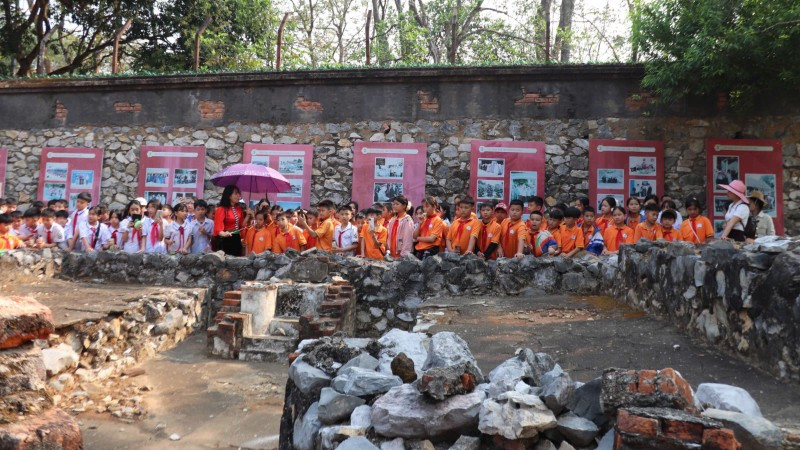
![[Photo] Hanoi: Authorities work hard to overcome the effects of heavy rain](https://vphoto.vietnam.vn/thumb/1200x675/vietnam/resource/IMAGE/2025/8/26/380f98ee36a34e62a9b7894b020112a8)


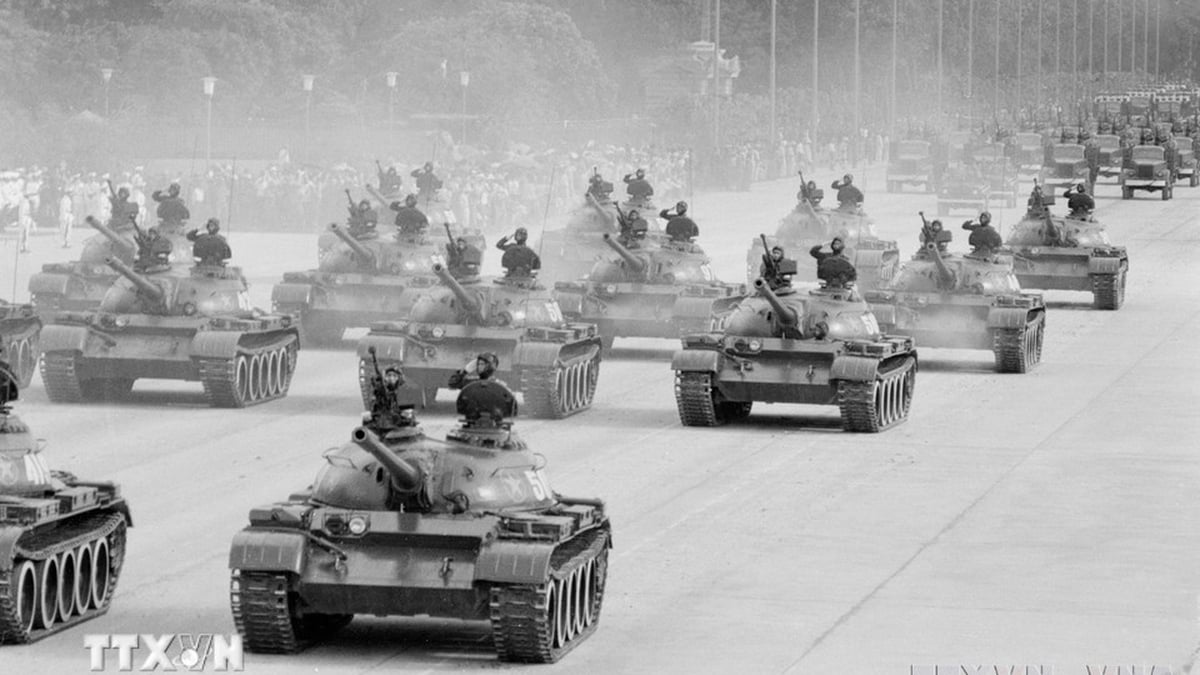
![[Photo] Multi-colored cultural space at the Exhibition "80 years of the journey of Independence - Freedom - Happiness"](https://vphoto.vietnam.vn/thumb/1200x675/vietnam/resource/IMAGE/2025/8/26/fe69de34803e4ac1bf88ce49813d95d8)

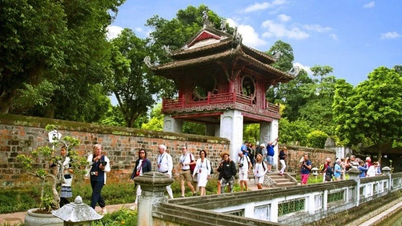














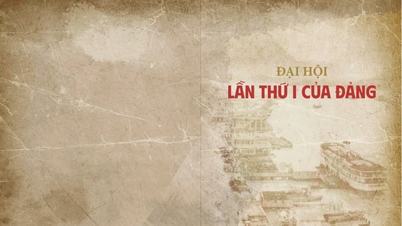
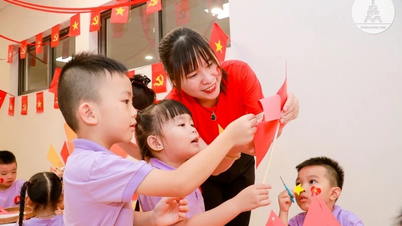

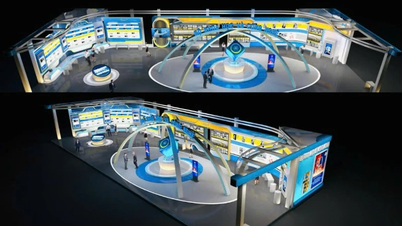
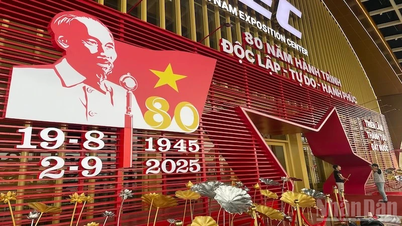


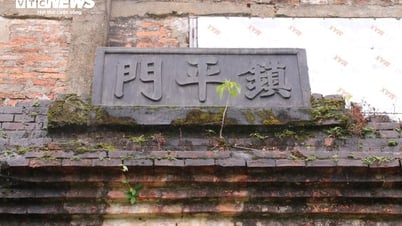

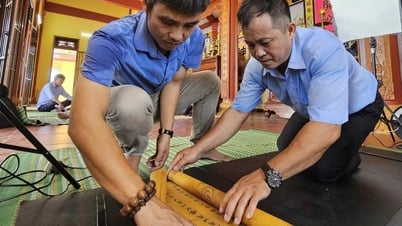


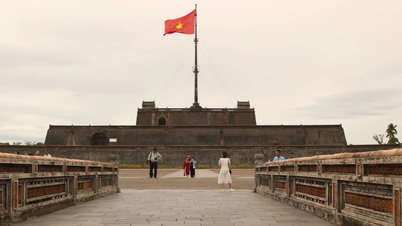

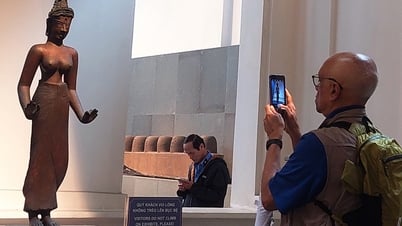







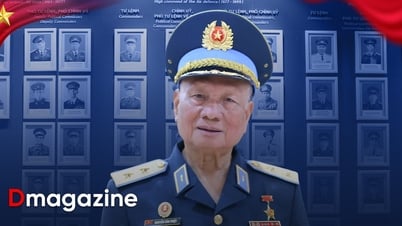
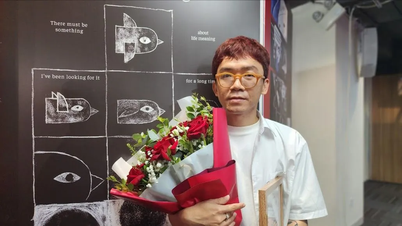

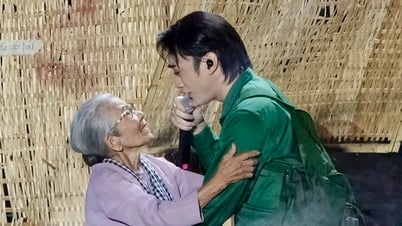
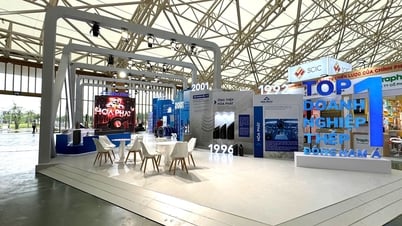
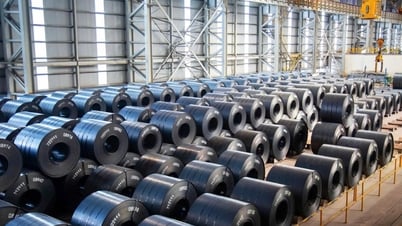
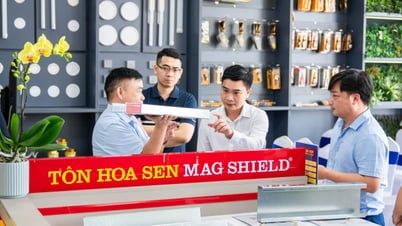

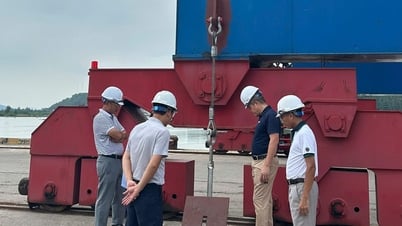



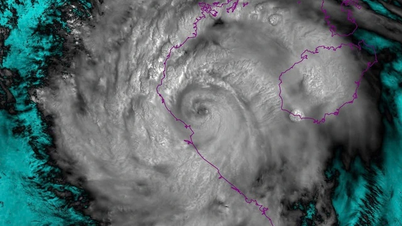

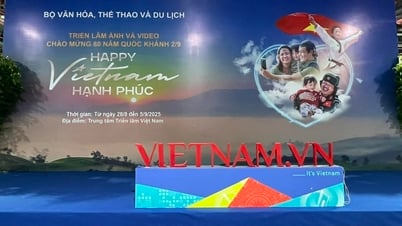
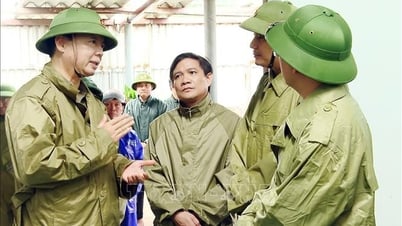


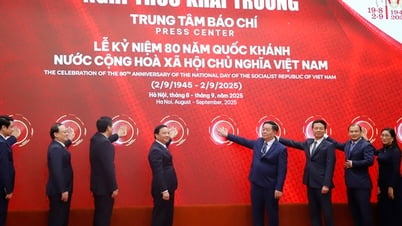

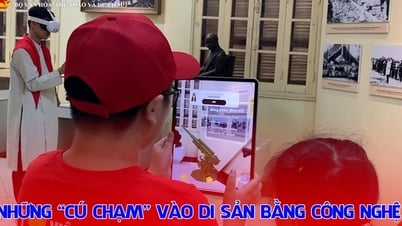

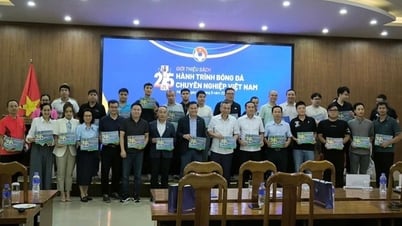
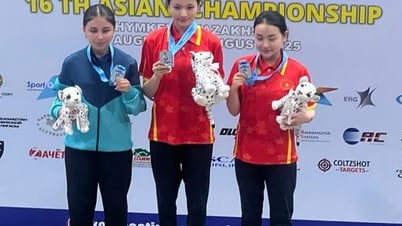



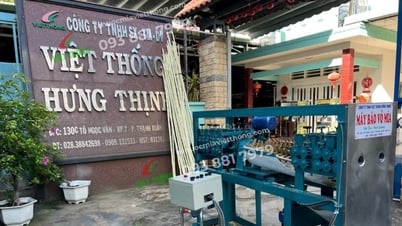





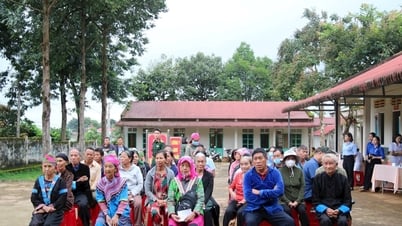
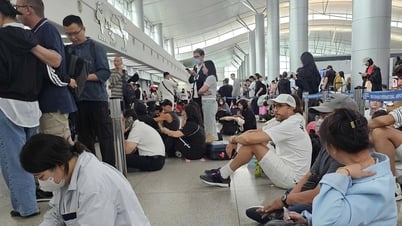



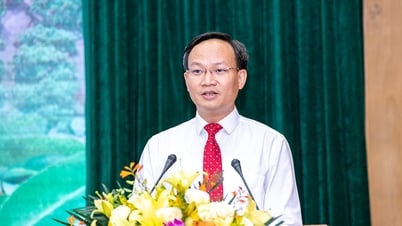



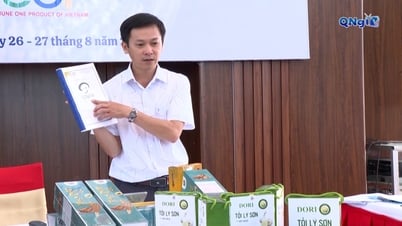





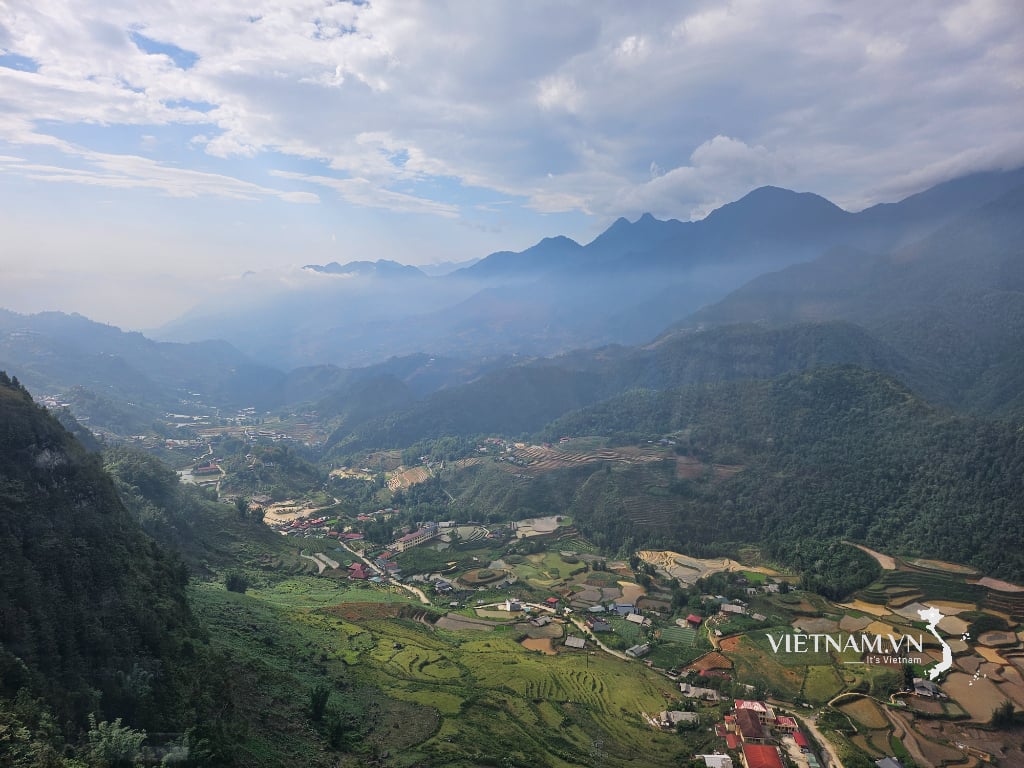
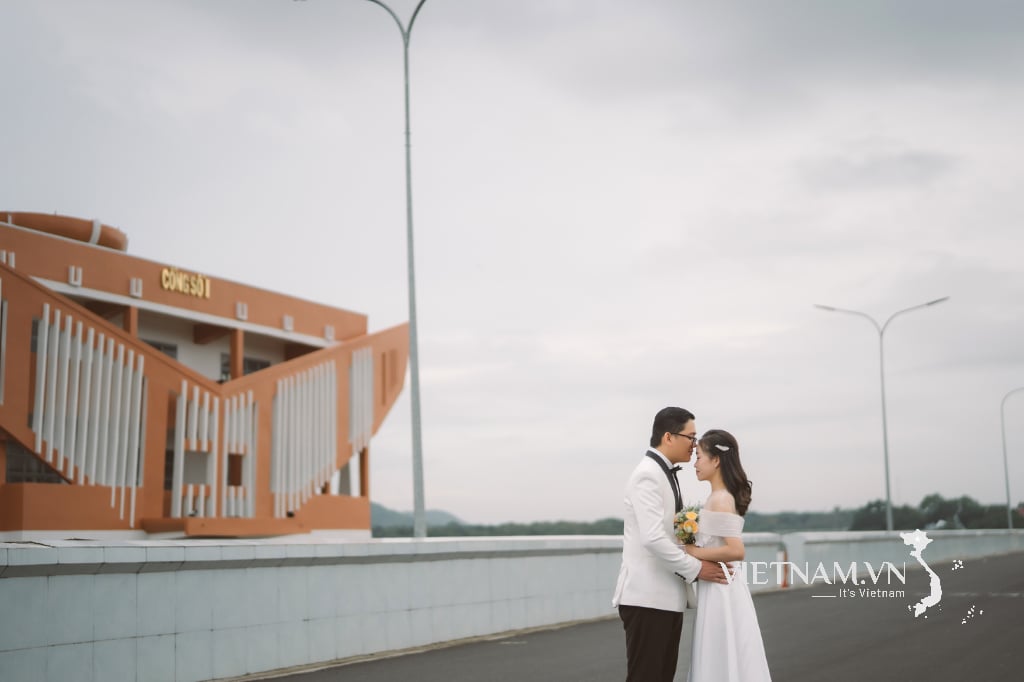


Comment (0)